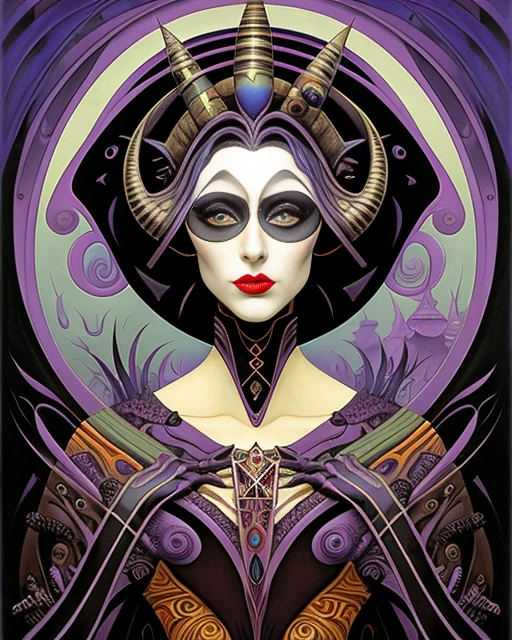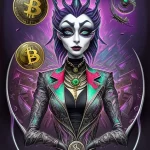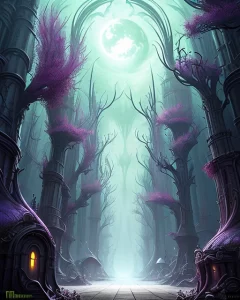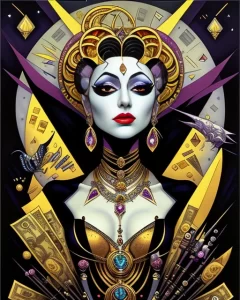The world of Non-Fungible Tokens (NFTs) is a bustling realm brimming with possibilities for creators and collectors alike. But amidst the excitement, confusion often arises around two seemingly interchangeable terms: creating and minting NFTs. While both are crucial steps in the NFT journey, their distinctions are vital for anyone navigating this digital domain. So, before you embark on your minting adventure, let’s delve into the nuanced differences between creating and minting NFTs.
Creating the Spark: Where the Magic Begins
Think of creating an NFT as the artistic conception and realization of your digital asset. It’s the spark that ignites the entire process. This phase encompasses numerous aspects, each adding value and uniqueness to your potential token:
- Conceptualizing the Idea: The journey starts with an idea. You could be a digital artist crafting intricate visuals, a musician composing captivating melodies, or even a writer weaving stories into unique textual pieces. Whatever your creative domain, this initial vision forms the foundation of your NFT.
- Bringing it to Life: Now, it’s time to materialize your vision. Artists might utilize digital painting tools, musicians compose electronic scores, or writers draft their masterpieces using specific software. This creation process imbues your asset with your unique style and expression.
- Adding Layers of Value: Beyond the core asset, consider incorporating additional elements to enhance its appeal. This could involve creating multiple versions with subtle variations, adding unlockable content like behind-the-scenes glimpses, or collaborating with other creators for unique mashups.
Minting the Magic: From Digital to Decentralized
Once your creation is ready, it’s time to mint it, essentially transforming it into an NFT on a blockchain. This critical step involves:
- Choosing a Platform: Several NFT marketplaces like OpenSea, Rarible, and SuperRare provide minting services. Each platform has its own pros and cons, from supported blockchains and fees to community size and target audience. Select the platform that best aligns with your needs and target market.
- Connecting your Crypto Wallet: To interact with the blockchain, you’ll need a crypto wallet like MetaMask or Coinbase Wallet. This digital vault stores your cryptocurrency used for paying minting fees and future transactions.
- Setting Up the NFT: Each platform offers a user-friendly interface to configure your NFT. Provide details like name, description, properties, and supply (for collections with multiple NFTs). This is where you showcase your creation’s value proposition and unique features.
- Paying the Minting Fee: Minting involves inscribing your NFT onto the blockchain, which requires computing power. This incurs a fee, known as the “gas fee,” paid in cryptocurrency like Ethereum. The fee amount depends on network congestion and complexity of your NFT.
- Voila! Your NFT is Born: Once the minting process completes, your creation becomes a unique, verifiable NFT on the chosen blockchain. You can now list it for sale on the marketplace, hold it in your wallet, or utilize it within compatible applications.
Understanding the Key Differences:
While both creation and minting are crucial, let’s highlight the key differences:
- Focus: Creating focuses on conceptualizing and realizing your digital asset, while minting transforms it into a blockchain-based NFT.
- Output: Creation results in a digital file, while minting produces an NFT with unique ownership and verification on the blockchain.
- Control: You have complete control over your creation before minting. Once minted, the NFT’s ownership and data reside on the blockchain.
- Costs: Creating requires your time and creative effort, while minting incurs platform fees and blockchain transaction costs.
Beyond the Binary: A Synergistic Relationship
Remember, creation and minting are not isolated steps. They form a symbiotic relationship, where the quality of your creation directly impacts the value and appeal of your minted NFT. Investing time and effort into crafting a unique and valuable digital asset significantly increases its potential for success in the NFT marketplace.
Beyond the Basics: Diving Deeper into the Nuances
The NFT landscape is constantly evolving, offering creators various minting options and advanced features. Let’s explore some additional aspects to consider:
- Advanced Minting Options: Some platforms offer features like lazy minting, where the NFT data is only stored on the blockchain upon purchase, reducing upfront costs. Others allow setting royalty fees, ensuring you earn a percentage of future sales.
- Understanding Blockchain Choices: Different blockchains have varying advantages, like transaction speed, fees, and environmental impact. Ethereum remains popular, but alternatives like Solana and Polygon offer faster and cheaper transactions.
- Community Building and Engagement: Minting is just the beginning. Building a community around your NFT project through social media engagement, exclusive content, and community events can significantly boost its value and success.
Table of Contents:
Minting Your Way: Choosing the Right Path for Your NFT Journey
Now that you have a clear understanding of creating and minting NFTs, it’s time to delve into the various pathways available to creators. Remember, there’s no one-size-fits-all approach, and the best choice depends on your specific goals, resources, and target audience. Let’s explore some popular avenues:
1. The Independent Creator:
This path involves taking full control of the minting process. You choose the platform, set your own terms, and directly connect with collectors. Platforms like OpenSea and Rarible cater well to this approach.
Pros:
- Maximum freedom and control: You have complete autonomy over your NFT’s development and presentation.
- Direct connection with collectors: Build a dedicated community and nurture relationships with individual buyers.
- Potential for higher profit margins: Avoid fees associated with intermediaries or curated platforms.
Cons:
- Marketing and promotion: Requires significant effort to reach your target audience and attract buyers.
- Technical knowledge: Understanding blockchain technology and minting processes is crucial.
- Limited reach: Building a large audience organically can be challenging.
2. Curated Platforms:
Several platforms act as gatekeepers, selecting artists and projects through an application process. These platforms offer curated collections, potentially reaching a wider audience but taking a cut of the sales. SuperRare and Foundation are examples of such platforms.
Pros:
- Exposure to a targeted audience: Benefit from platform promotion and established user base.
- Potential for higher prices: Curated platforms often attract serious collectors willing to pay premiums.
- Reduced technical complexities: Platforms handle some technical aspects of minting and management.
Cons:
- Competitive application process: Getting accepted requires high-quality work and potential alignment with the platform’s vision.
- Lower profit margins: Platform fees eat into your overall earnings.
- Limited creative freedom: Platforms might have specific requirements or guidelines for minting and presentation.
3. Collaboration and Community-Driven Projects:
Join forces with other creators or communities to launch NFT collections. This approach leverages collective expertise, resources, and audience reach. Initiatives like DAOs (Decentralized Autonomous Organizations) are exploring such collaborative NFT creation and ownership models.
Pros:
- Shared resources and expertise: Benefit from diverse skillsets and perspectives within the group.
- Leveraged community reach: Tap into established communities of potential collectors.
- Potential for innovative concepts: Collaboration can foster unique and experimental NFT projects.
Cons:
- Complex coordination and governance: Requires clear communication, agreement on roles, and decision-making mechanisms.
- Potential for conflict: Balancing individual and collective interests within the group is crucial.
- Uncertain profit distribution: Defining fair and transparent mechanisms for sharing profits is essential.
4. Exploring Alternative Blockchains:
While Ethereum remains a popular choice, alternative blockchains like Solana, Tezos, and Polygon offer faster transaction speeds, lower fees, and potentially wider environmental sustainability. Explore platforms built on these chains for different minting experiences and potential cost advantages.
5. Experimenting with Advanced Features:
Many platforms offer advanced minting features that can enhance your NFT’s functionality and appeal. Consider options like:
- Unlockable content: Reward NFT holders with exclusive content like high-resolution artwork, behind-the-scenes glimpses, or access to events.
- Dynamic NFTs: Create NFTs that evolve over time based on external factors or user interaction.
- Fractional ownership: Allow multiple individuals to co-own a single NFT, democratizing access and potentially increasing its value.
Remember, the NFT landscape is constantly evolving, with new platforms, features, and communities emerging. Stay curious, keep exploring, and experiment to find the minting path that best suits your unique creative vision and goals.
Beyond Minting: Building a Sustainable Journey
Minting your NFT is just the first step. Building a sustainable journey requires ongoing effort and dedication. Here are some key strategies to consider:
- Nurture your community: Engage with your NFT holders, provide value, and listen to their feedback. Building a passionate community adds significant value to your project.
- Explore utility: Give your NFTs real-world utility beyond mere ownership. This could involve access to exclusive experiences, participation in decision-making, or integration with other platforms or games.
- Stay informed and adapt: The NFT space is dynamic. Keep learning, be open to new ideas, and adapt your strategies as needed to stay relevant and competitive.
By understanding the nuances of creating and minting, choosing the right path, and actively building a sustainable journey, you can unlock the full potential of your NFT journey and contribute to the ever-evolving world of digital art and value.







